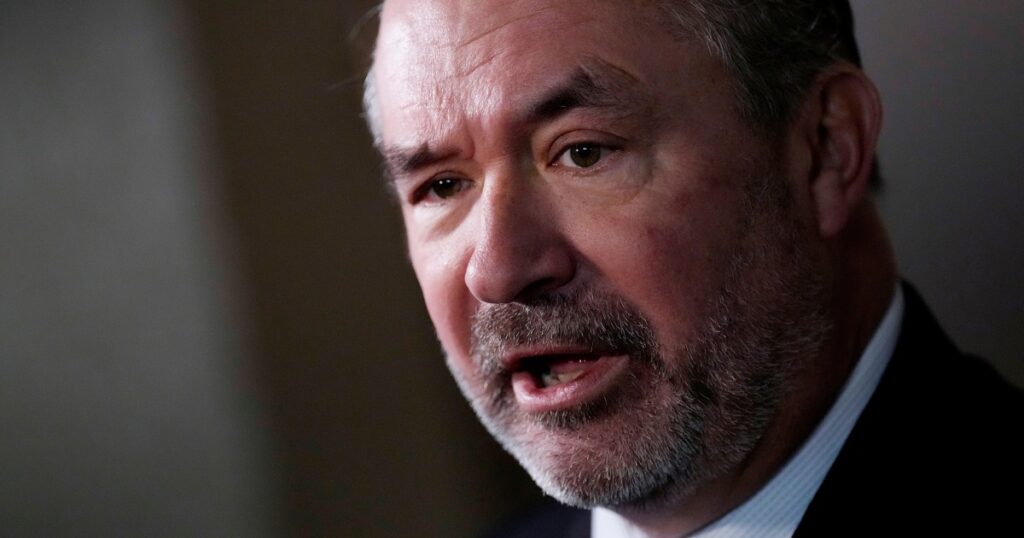The vast majority of the time, the House majority party’s leadership controls the chamber’s floor. If a House speaker and his or her team don’t want a bill to receive a vote, it does not receive a vote.
There is, however, a notable exception. It’s called the discharge petition, and it can be used — and has been used on occasion — to circumvent the majority leadership’s position.
The basic idea behind the tactic is relatively straightforward: If a majority of the House signs on to a discharge petition in support of a specific piece of legislation, the measure would receive a floor vote, whether the sitting speaker likes it or not.
In the context of the debt ceiling, this appears to offer a possible solution: House Republicans are prepared to cause a deliberate economic catastrophe unless their unspecified demands are met, but if a small handful of moderate GOP members partner with Democrats and sign a discharge petition on a clean bill, there will be no default and we can all get on with our lives.
At least that’s the theory. It’s why there have been a variety of reports in recent weeks that have described a discharge petition as the “escape hatch“ and the “off-ramp“ in response to the Republican-imposed crisis. House Democratic Leader Hakeem Jeffries recently added that the whole mess would go away with just five or six “reasonable” GOP lawmakers.
In practice, however, it’s not quite that simple.
First, there are complex procedural hurdles that require an enormous amount of time. With only four months remaining before the deadline, the process would have to begin very soon — as in, this week or next — for it to succeed.
Second, to assume that there are five or six “reasonable” GOP lawmakers is almost certainly a mistake. NBC News reported overnight:
A key centrist House Republican is ruling out a fallback option to avert a calamitous debt default, which would require a small number of GOP lawmakers to sidestep Speaker Kevin…
Read the full article here





